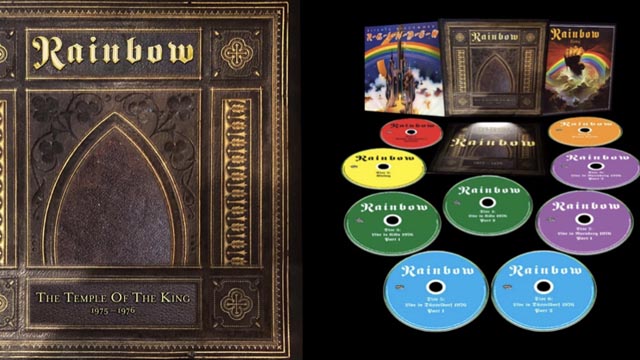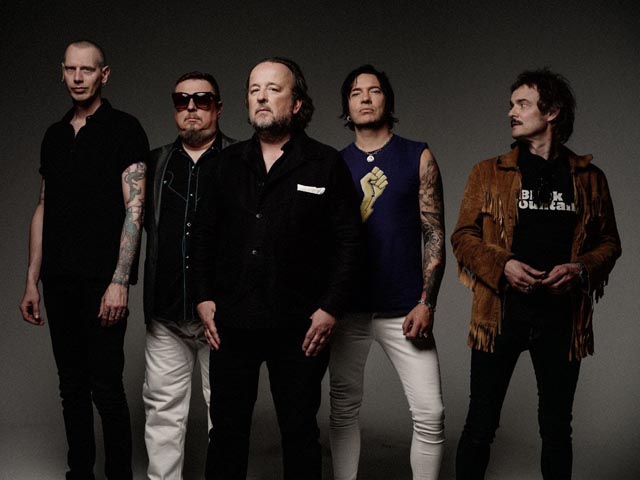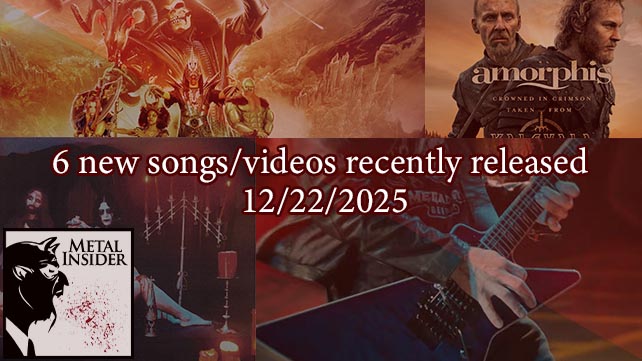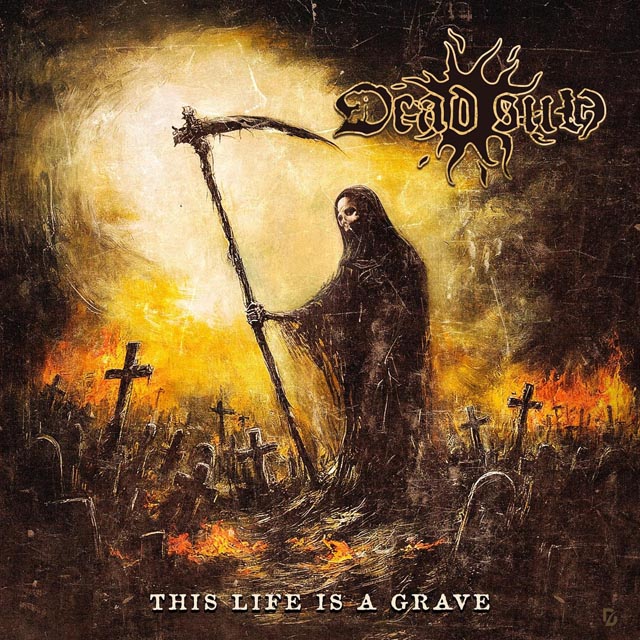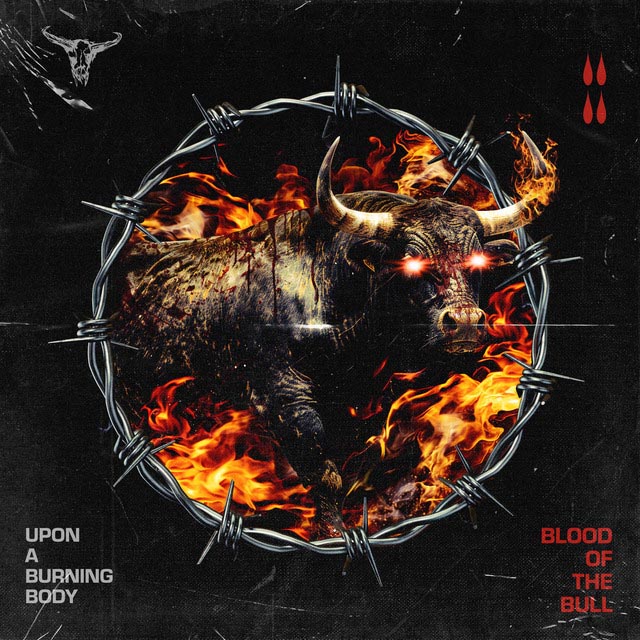
The very idea of a rock opera was a bit antiquated when Paul O’Neill helped take the reins of a Florida metal band named Savatage in 1987. Long gone were the days when kids flocked to record stores to pick up The Who’s Tommy or Pink Floyd’s The Wall, but this was the stuff upon which O’Neill’s creative buzz thrived. For a man that once toured as guitarist in an off-Broadway production of Jesus Christ Superstar in the 1970’s, the musical bombast and outlandish lyrical storytelling was still very real.
O’Neill, who passed away suddenly on April 5th, brought back that sense of awe to hard rock music during his 30-year tenure as producer/songwriter with Savatage, and creator/musical mastermind of Trans-Siberian Orchestra. In a journey to legitimize what he once coined “rock theater,” he helped spawn such modern day rock concept albums like Savatage’s 1991 Streets: A Rock Opera, and Trans-Siberian Orchestra’s 2000 Beethoven’s Last Night. Always with one ear to the music and one eye to the visual, O’Neill took Trans-Siberian Orchestra to record heights, becoming a top concert draw and each holiday season, striving for new elements in staging, lighting, and musicality with his assembled players. This was a man who agonized over every note in the studio, and every step on stage – perfectionism was an understatement.
As a pillar within the music industry, O’Neill knew how to get things done. He cut his teeth as part of the legendary Leber/Krebs management team in the 70’s and 80’s, looking after bands like Aerosmith and The Scorpions. He moved on to producer, working with acts like Heaven, Badlands, Metal Church, and of course, a deep investment in Savatage. His sights were set on something grand; however, as he began developing what would become Trans-Siberian Orchestra in 1993. Lore abounds of meetings between O’Neill and Atlantic Records boss Ahmet Ertegun, where it’s been said Ertegun handed O’Neill a blank check after hearing the magnificent scope of what was intended to be TSO.
Paul O’Neill’s writing for Trans-Siberian Orchestra was rooted in vivid imagery and simple, everyman accomplishment. His storylines evoked visions of angels, sparkling winter nights, dimly lit bars where patrons walked in sinners, and, through realization, walked out that much more saintly. O’Neill saw the good that his music could accomplish, and the volume of people that it could reach. His music was an amalgam of the classical composers he adored like Beethoven and Mozart, the literary figures he mirrored like Dickens and Wilde, along with the progressive rock greats he revered and eventually befriended – notably Emerson, Lake and Palmer.
There’s much more to the Paul O’Neill musical story than can be said here, but these five songs are an absolute primer for O’Neill’s vision.
5) Savatage, “Hall of the Mountain King” (1987)
Not an obvious standout as far as Paul’s musical contributions overall, but important in that the 1987 Savatage album of the same name marked the beginning of a fruitful, 30-year collaboration between Savatage founder/vocalist, and current TSO collaborator Jon Oliva and O’Neill. By Oliva’s own admission, Savatage was fledgling after the directionless 1986 “Fight For The Rock” album, and may have very well called it a career had it not been for Atlantic Records bringing in O’Neill as co-writer and producer. The HOTMK album actually sowed a few seeds for Trans-Siberian Orchestra – check out the three-minute instrumental piece seguing into “Hall of the Mountain King” titled “Prelude to Madness,” as it actually became a full track under an assumed name (one that made this list a couple of notches higher) 12 years later on TSO’s Night Castle album.
4) Savatage, “Gutter Ballet” (1989)
https://youtu.be/nyeBVfpwGbk
One of the definitive “orchestral” metal tracks that would eventually define Savatage’s post-1987 career and provide a blueprint for Trans-Siberian Orchestra’s heavier cuts, this song was apparently pulled from the pages of an unmaterialized play O’Neill had written years earlier. Very much progressive in nature, the song features numerous breakdowns and rhythmic shifts, coupled with some of guitarist Criss Oliva’s most outstanding fretburn. Oliva’s white Charvel guitar would make its first appearance on Savatage/TSO artwork on the cover of the Gutter Ballet album – the guitar figuring prominently to this day in TSO branding, wrapped in roses against a brick wall.







